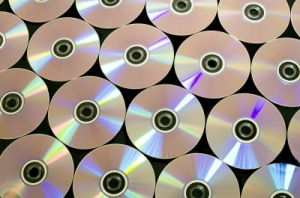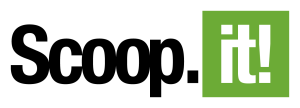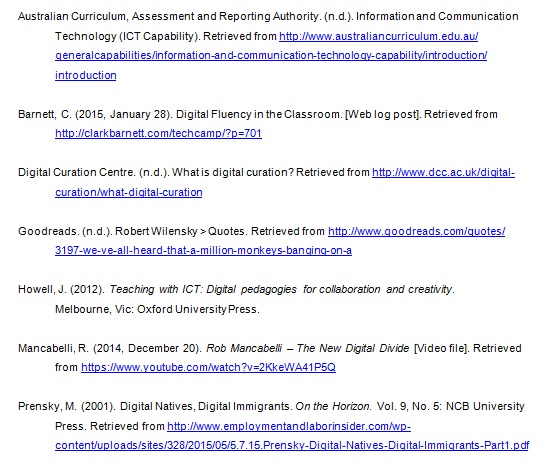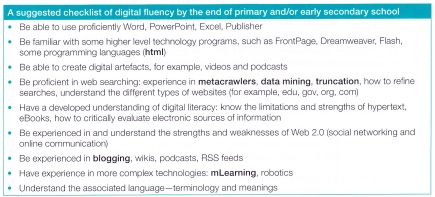“We’ve all heard that a million monkeys banging on a million typewriters will eventually reproduce the entire works of Shakespeare. Now, thanks to the Internet, we know this is not true.” Robert Wilensky (Goodreads, n.d.)
The internet and the ability of digital technology to produce, copy, transfer and store data, means that there is an incredible volume of information available at the click of a mouse. With the volume of this data growing exponentially, the challenge is how do we find anything useful? How do we know that it is current? How do we know that it is correct?


“Digital curation involves maintaining, preserving and adding value to digital research data throughout its lifecycle.” (DCC, 2015), as described by the Digital Curation Centre at the University of Edinburgh.
While this definition relates to research data, it is equally applicable to all digital of data and is particularly relevant to the use of digital data assets in education. The effective curation of data enables not only the reuse of digital data assets, but also allows for their continual enhancement and improvement. Maintaining, reusing and sharing digital assets helps keep them current and relevant, and also reduces the need to develop new digital data assets from scratch.
While there are lots of tools available to assist with the task of digital curation it is important to first consider what and why we curate.



Curation must also involve the judicious selection of artefacts to store and also the rigorous retirement of artefacts as they are superseded. Digital assets must be critically assessed to determine their relevance and currency, along with the value that they have both now and in the future.
There is a massive amount of useful information and tools that are available for use in education; digital curation, where performed deliberately and effectively, can have a positive impact on our ability to use the best available material for the particular teaching situation.
Images courtesy of nuttakit and Giovanni Sades at FreeDigital Photos.net







